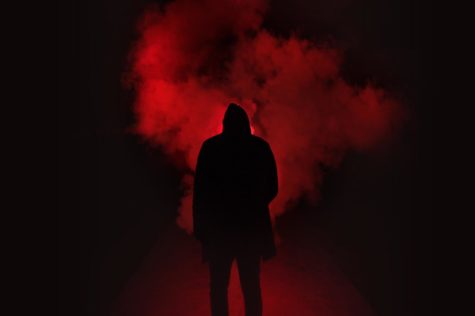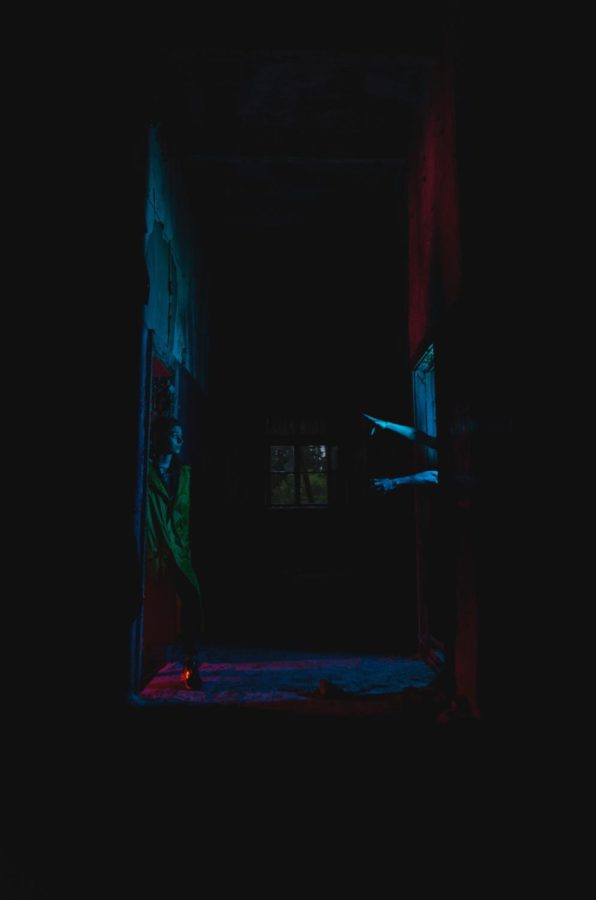The Psychology of Horror Films
What tools do the masters of cinematic horror use to truly frighten their audiences?
What makes horror films so scary? Of course, you see the fake blood or the creepy looking creatures, but is there something deeper that causes us to be afraid of these fictional worlds. Turns out there are actually many techniques that directors will use to get the maximum fear factor from their audience.
According to ranker.com, one of the ways that directors do this is by breaking the normal rules that we have grown accustomed to in non-horror films. Directors will liberally use negative space to throw off the audience who are used to a more balanced scene in order to have the audience become tense and uncomfortable. You can find examples of this in the films It Follows and Insidious. Framing also has a big affect on audiences’ reaction to the story. Tight frames where you can only see the protagonists face allowing for an extra layer of fear to form by concealing their surroundings leaving a sense of the unknown and sending the audiences minds reeling with possibilities. Another key factor for setting a suspenseful tone is lighting. While non-horror films use a balanced lighting palate to create a sense of normalcy and realism, horror does anything but that. Director Julia Ducournau does a great example in her film Raw. By using harsh red and pinks she sets a jarring tone that has been said to make some viewers physically ill.

Another large factor that many audiences don’t always notice is sound. Non-linear sound, an abrupt change in the frequency of sounds, is used to create tension and unease. Hearing a person or animal scream never fails to make someone jolt. A key part of the horror soundboard is Infrasound. Infrasound is a sound that is such a low frequency that humans can’t hear it, but that doesn’t mean we don’t react to it. When played over a duration of time your body will become naturally uneasy without you even realizing what’s happening. This technique has been used in movies like The Straight Story, Paranormal Activity, and Irreversible.
Many more layers can be added to a film, even after the cameras cut, through editing. You may have heard of subliminal images, a quick flash of a picture before you’re even able to register if it’s there. This technique was famously used in William Friedkin’s Exorcist. Subliminal images tend to make people upset and before digital DVD it was virtually undetectable. Now in the age of digital media you are able to pause films and closely see the flashes of these images. The use of jump cuts is also used to confuse audiences by making them believe someone has gotten stabbed when the weapon has never touched the victim’s skin. You can find examples of this in the infamous shower scene in Psycho as well as in The Texas Chainsaw Massacre.
So, this Friday the Thirteenth, pick out a horror film to watch and see if you can see through the smoke and mirrors and identify the tools filmmakers use to make your heart race.





Slartibartfast Mechagon • Sep 18, 2019 at 7:02 PM
Great article. I learned a lot.
Dina Smith • Sep 18, 2019 at 6:35 PM
What a well written article. I don’t watch horror film but I’m almost tempted to in order to discover these hidden elements.